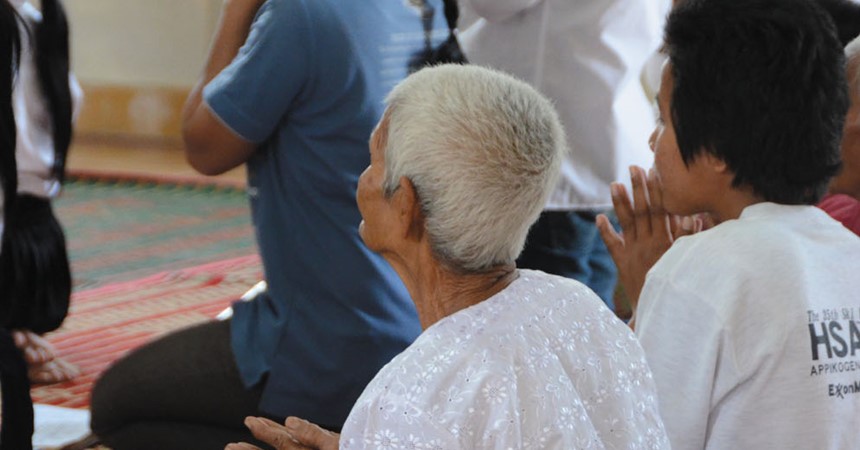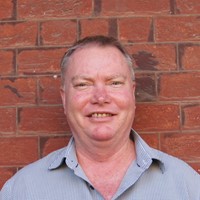Cambodia is a country which has suffered much. The Catholic Church in Cambodia is working with the predominantly Buddhist population to rebuild from the ashes something new, vibrant and beautiful. Catholics comprise part of the five per cent who are Christians. Another five per cent is Muslim while the majority is Theravada Buddhist.
Cambodia was utterly devastated under the dictator Pol Pot who, in 1975-1979, attempted to establish an agrarian communist utopia with the Khmer Rouge. The regime killed over two million of its own people and displaced countless more to refugee camps. The Church, and anything associated with the West, were early and easy targets. The 19th century French Gothic revival Cathedral in Phnom Penh and all but four rural churches were destroyed. Many baptised and clergy were killed, starved or forced to leave the country.
Cambodia remains one of the world’s most diadvantaged countries. Over 80 per cent of the population lives in rural areas growing rice or working for poor wages in factories owned by multinational companies. Forty-four per cent is aged under 14 years. Critical issues include low literacy, high unemployment, preventable diseases, landmines and grinding poverty. Concerns about climate change arise as the country experiences its fourth year of drought. ‘Mega-dams’ which Laos and China threaten to build further up the Mekong River would have disastrous effects.
Many small communities of Catholics cautiously emerged in the years following the genocide. They were often centred on one or two lay leaders who had maintained their faith and inspired others through prayer and service to their mostly Buddhist neighbours.
There is a few indigenous clergy, and a multicultural band of missionary priests and religious who must learn Khmer before working in parishes and Catholic schools. They work to support projects engaging the whole community. A steady flow of people is attracted to Catholicism. Generally they must be over 18 and have completed three years of instruction before they are received into the Church.
Many striking examples of Khmer culture are being incorporated into church life, architecture and liturgy through distinctive song, dance, art and prayer. This is not simply giving the liturgy a Cambodian guise, but something deeper: the people's way of experiencing God. What is emerging is not French colonialist Catholicism but a distinctively indigenous Church, arising from the grassroots and often lay-led. The priority is to restore life after the war in Cambodia, becoming witnesses of God’s love, mercy and compassion, a priority stronger than any force of hatred or death, ideology or partisan religion.
The annual Catholic Mission Church Appeal will occur in each Catholic parish one weekend through May-August. To support the appeal or learn more, P Mark, 0408 020 511 or visit www.catholicmission.org.au.























































































